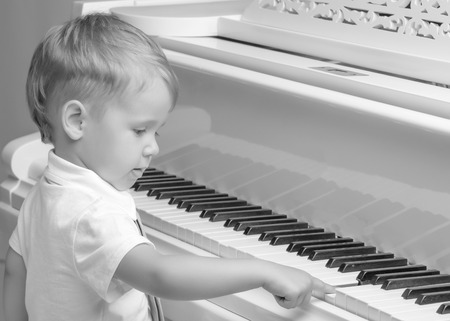
Perform with ease - Alexander Technique for musicians: instrumental and vocal
Alexander Technique for Musicians: Wellbeing and Inspired Performance. As a professional pianist, Jeremy has a deep appreciation of how Alexander Technique applies to musicians - how it addresses performance anxiety, RSI, musician's injuries and pain. For all instrumentalists and vocalists, with specialist services for pianists.
Alexander Technique for musicians
Alexander Technique has fantastic musical applications as it addresses music’s most important aspect: the musician.
Conventional practice refines our playing skills. But it may also ingrain patterns of movement that impede progress or cause pain.
Alexander Technique gives students an awareness of how these learned patterns affect artistic output and health, and how these patterns may be modified.
An efficiency of movement experienced through Alexander Technique paves the way to greater technical ability, achieves sustained relief from pain and liberates one’s entire performance.
Alexander trained performers also have a powerful tool for handling performance anxiety through increased self-awareness and ability to release undesired tensions.
Their energy is redirected in an efficient way, heightening communication between musician, instrument, and audience. Playing becomes effortless, fun and more inspiring.
The teachers linked on this site all have a background in professional music performance and music education. They understand the challenges of performance and the importance of including the whole musician in education.










Taking the time to tune your instrument is always worthwhile, and balancing the instrument’s components to suit the current environment and create the desired sound is quite an art. Alexander Technique considers one’s whole being to be the instrument for performance. Taking the time to make our whole selves in-tune with the current environment enhances any activity.